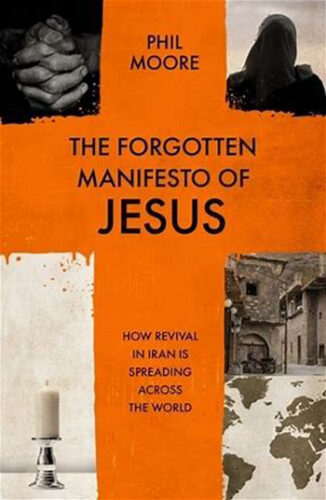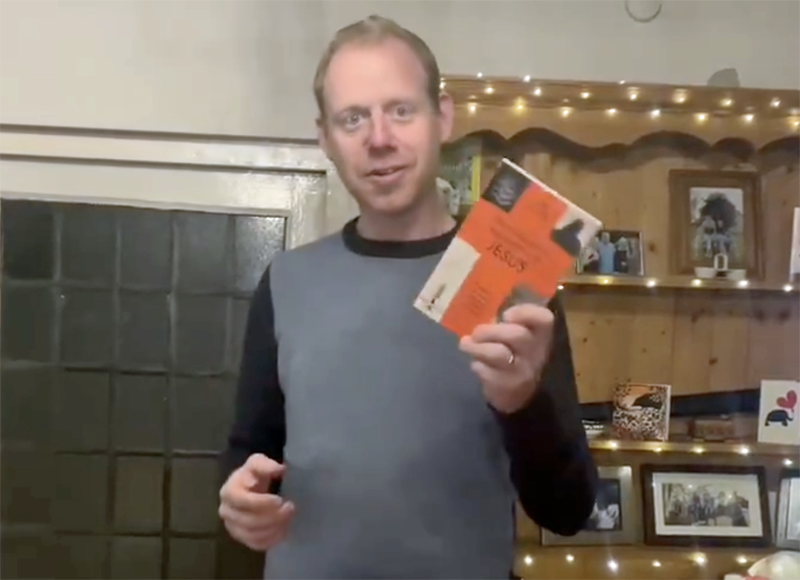Book review by Charles Gardner — 
Reports of revival in Iran continue to thrill and inspire those of us in the West who long for such response here.
But it has surely come at great cost (with believers involved in acute danger) as well as a new way of thinking, as a challenging new book testifies.
Phil Moore, author of The Forgotten Manifesto of Jesus (IVP, 2024), is a British pastor who was far from satisfied with a thousand-strong congregation in his south London church.
He began to have serious doubts about its true success when he realized that much of it was due to transfer ‘growth’ and that multiplication of disciples wasn’t really happening in any tangible way.
Then he heard about the amazing disciple-making movements in parts of the Muslim world where, partly because it doesn’t involve inviting people to a building, it’s all down to the basic principles that led to the astonishing growth of the early church.
Jesus sent out the 72 disciples to find ‘people of peace’ who were friendly and open to talk about their struggles. The ‘missionaries’ weren’t advised to go into homes like a bull in a China shop hitting them over the head with a Bible.

Phil, who now leads a global disciple-making movement, discovered that the principle ‘go slow to go fast’ – encapsulated in Luke 10:1-24 – is far more effective in making disciples than traditional methods. People are encouraged along a journey of discovery, gathering in small groups with interested friends to study basic gospel precepts, with the facilitators allowing the Holy Spirit to fill in the gaps and make the ultimate connection to what life is all about.
I have personally found this hugely helpful as I have often in the past been tempted to introduce Jesus prematurely. Whereas we are much better advised to help our potential believer to discover their need of a Savior for themselves.
The book is laced with astounding testimonies from Iranians and others as to the immense fruitfulness of this back-to-the-basics ‘method’ of evangelism.
It’s not a book to read at one sitting. There is so much to think about. But I can’t recommend it highly enough.
For more about the book, go here



